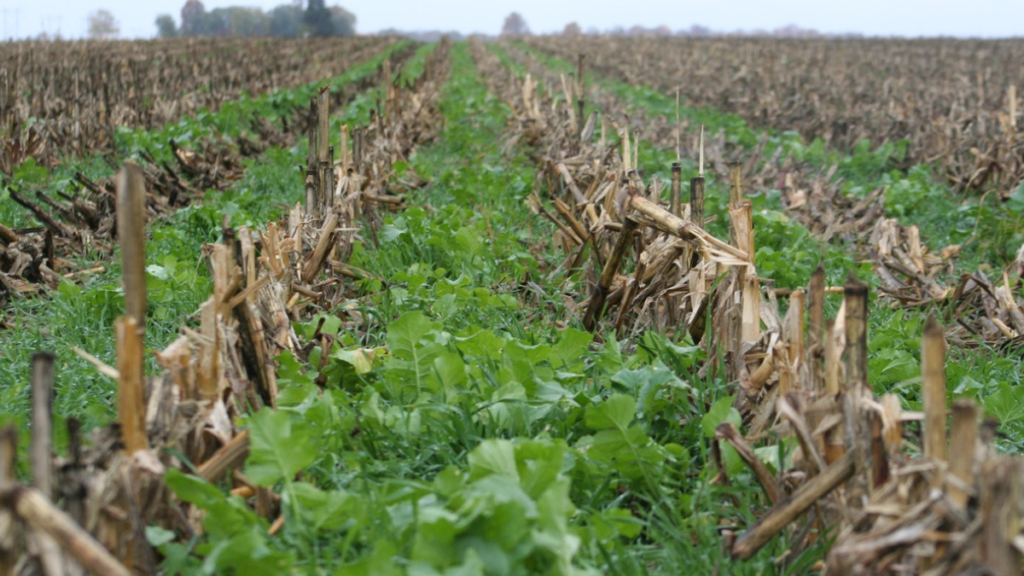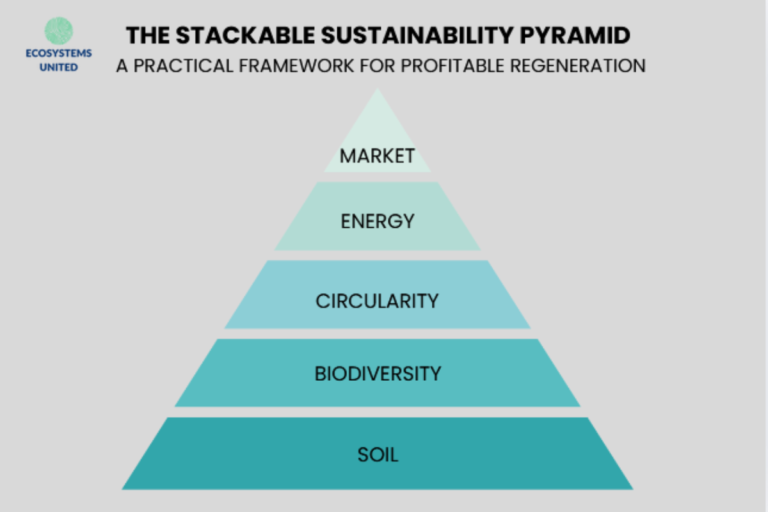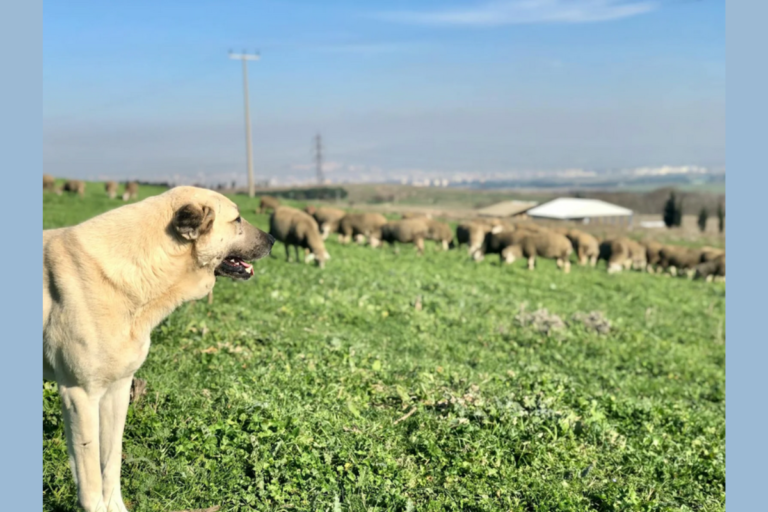AI-powered precision cover cropping: the future of soil health management
In the evolving landscape of regenerative agriculture, AI-powered precision cover cropping stands out as a revolutionary approach that is transforming how farmers manage soil health and crop production. This innovative practice combines traditional cover cropping wisdom with cutting-edge artificial intelligence to create customized soil health solutions for every field.
How AI is Revolutionizing Cover Crops
Traditional cover cropping has long been recognized for its benefits to soil health, erosion control, and nutrient management. However, selecting the right cover crop species, determining optimal planting times, and managing the transition between cover crops and cash crops has historically been based on general guidelines, farmer experience, and some degree of trial and error.
AI-powered precision cover cropping systems are changing this paradigm by:
- Analyzing site-specific conditions: Advanced soil sensors, weather stations, and satellite imagery feed data into AI systems that analyze the unique characteristics of each field or even zones within fields.
- Generating customized recommendations: Machine learning algorithms process this data alongside research databases to recommend precise cover crop species blends tailored to address specific soil health objectives.
- Providing dynamic management guidance: These systems continuously monitor field conditions and crop development to suggest optimal timing for planting, termination, and transition to cash crops.
- Learning and improving over time: The AI continues to refine its recommendations based on observed outcomes, effectively becoming more valuable with each growing season.
The Science Behind the Technology
The effectiveness of AI-powered precision cover cropping stems from its ability to integrate multiple data streams into actionable recommendations:
- Soil composition analysis: AI systems interpret detailed soil test results to identify specific deficiencies or imbalances that can be addressed through targeted cover crop selection.
- Weather pattern recognition: By analyzing historical weather data and forecasts, these systems can predict optimal planting windows and growth patterns for different cover crop species.
- Crop sequence optimization: The AI considers the entire crop rotation plan to recommend cover crops that complement both preceding and subsequent cash crops.
- Carbon sequestration potential: The system can estimate the carbon sequestration potential of different cover crop combinations, allowing farmers to maximize climate benefits.
Real-World Success Stories with AI-Powered Precision Cover Cropping

The Central Valley Regeneration Project in California represents one of the most comprehensive implementations of this technology. Beginning in 2023, the project equipped 50 farms with AI-powered precision cover cropping systems and compared results against control fields using conventional cover cropping approaches.
After just two growing seasons, participating farms documented:
- 27% average increase in soil organic matter
- 40% reduction in synthetic fertilizer applications
- 23% improvement in water infiltration rates
- 18% increase in crop yields during drought conditions
- $45-60 per acre reduction in input costs
Maria Rodriguez, a participating tomato grower, reports:
“The AI recommended a specialized mix of daikon radish, crimson clover, and phacelia that I would never have considered for my operation. Not only did it break up my compaction issues within one season, but the following tomato crop needed almost no additional nitrogen. The return on investment was clear within the first year.”
Similar success stories are emerging across diverse farming regions and operations, from small organic vegetable farms to large-scale commodity producers.
Key Benefits of AI-Powered Cover Cropping

Environmental Benefits
- Enhanced carbon sequestration: By optimizing biomass production and root development, AI-guided cover crop systems can increase soil carbon sequestration by up to 32% compared to conventional methods.
- Reduced nutrient runoff: Precise cover crop selection and timing significantly decrease nitrogen and phosphorus leaching, protecting water resources.
- Improved biodiversity: Many AI systems include biodiversity metrics in their algorithms, recommending diverse cover crop mixes that support beneficial insects, soil microorganisms, and wildlife.
Economic Benefits
- Decreased input costs: The precise application of biological processes reduces the need for synthetic fertilizers, pesticides, and irrigation.
- Labor optimization: AI guidance helps farmers use equipment and labor more efficiently by identifying optimal timing for all cover crop operations.
- Risk mitigation: By improving soil health and water management, these systems enhance farm resilience to extreme weather events and market fluctuations.
- New revenue streams: Some farmers are accessing premium markets or carbon credit programs based on their documented regenerative practices.
Implementation Challenges and Solutions
While the benefits are compelling, farmers implementing AI-powered cover cropping systems have encountered several challenges:
Technology access and digital divide concerns: The initial investment in soil sensors, weather stations, and software subscriptions can be prohibitive for some farmers. To address this, several states have developed cost-sharing programs specifically for the adoption of regenerative agriculture technology.
Learning curve: Interpreting and applying AI recommendations requires new knowledge and skills. In response, companies offering these systems have developed comprehensive training programs, and extension services are increasingly incorporating this technology into their educational offerings.
Trust and verification: Many farmers initially question whether AI can outperform their years of experience and intuition. Successful implementations typically begin with small test plots that allow farmers to verify results before scaling up.
The Path Forward
The integration of artificial intelligence with cover cropping represents more than just a technological advancement—it signals a fundamental shift in agricultural management philosophy. Rather than applying standardized practices across diverse landscapes, this approach recognizes and works with each field’s unique ecological conditions.
As climate change intensifies and environmental regulations strengthen, AI-powered precision cover cropping offers a promising path toward agricultural systems that are simultaneously more productive, more profitable, and more environmentally regenerative.
For farmers considering this approach, experts recommend:
- Start with comprehensive soil testing to establish baseline data
- Begin implementation on a small scale to validate results
- Connect with experienced users through farmer networks or extension programs
- Consider cooperative purchases of technology to reduce individual investment costs
- Document outcomes carefully to access potential premium markets or incentive programs
With proper implementation, this breakthrough practice has the potential to transform cover cropping from a beneficial but sometimes challenging practice into a precision tool for soil health, climate mitigation, and farm profitability.
Ready to transform your cover cropping strategy?
AI-powered precision cover cropping isn’t just about technology; it’s about rethinking how we approach soil health and farm productivity. By leveraging AI to tailor solutions to each unique field, farmers can tackle climate challenges while boosting profitability
- If this article helped you explore the potential of AI in agriculture, consider sharing it with your network.
- Subscribe to Ecosystems United for ongoing insights into innovation, sustainability, and smart farming practices.
- We’d love to hear from you: How are you integrating technology into your regenerative practices this season?
This article is part of our series on Breakthrough Regenerative Agriculture Practices Transforming Food Systems in 2025.




2 Comments